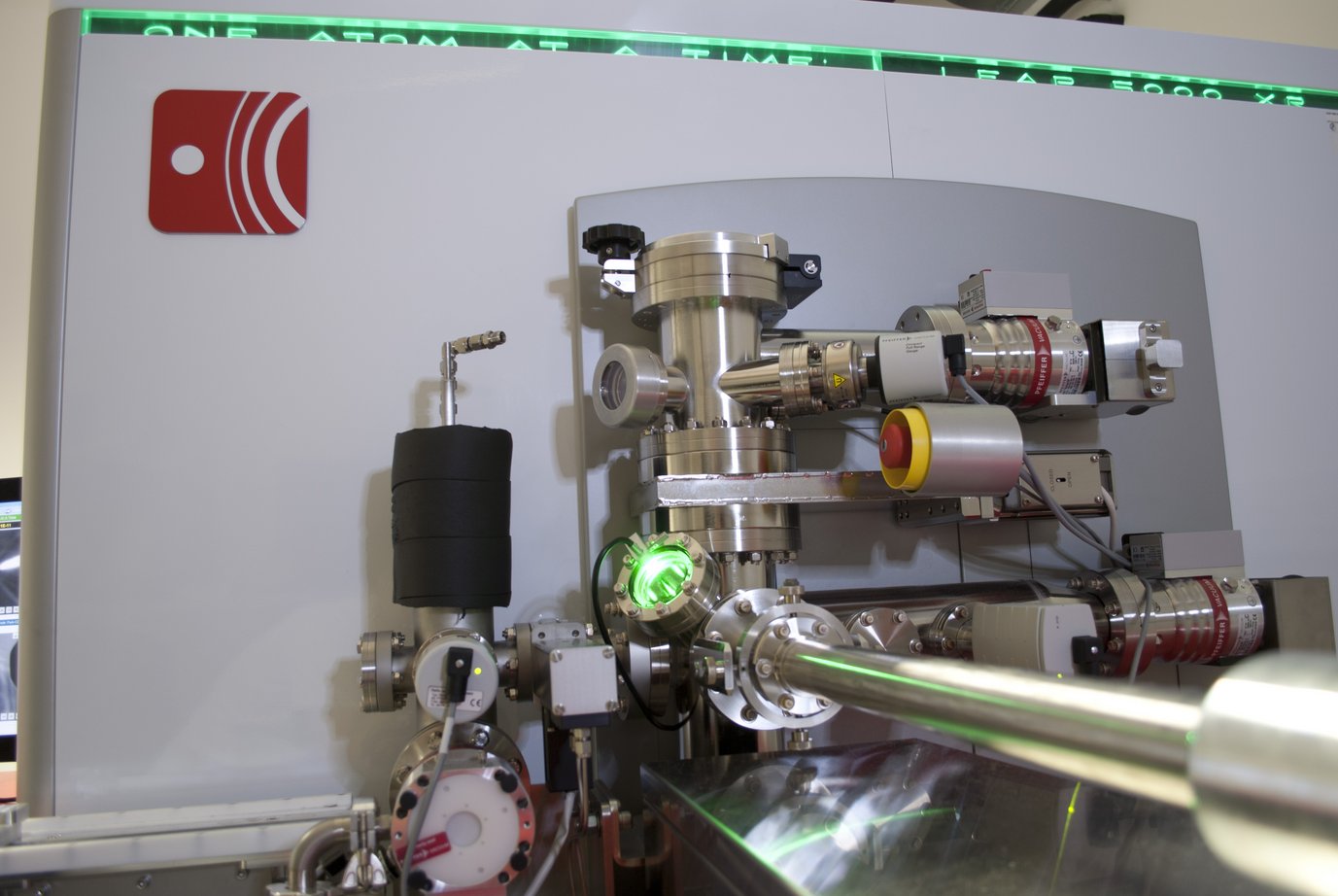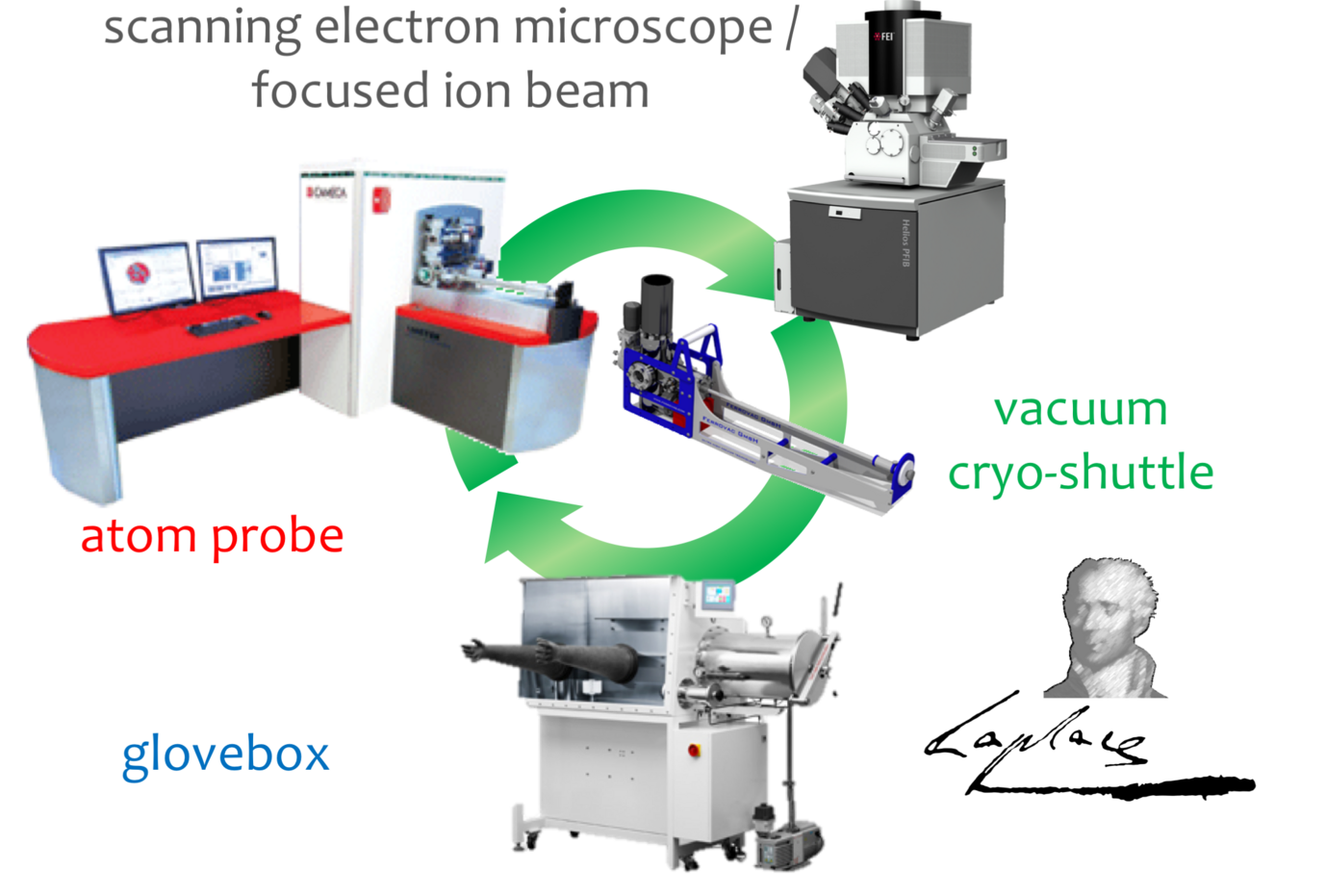
Atom Probe Tomography
The Atom Probe Tomography Group focuses on applying this burgeoning microscopy and microanalysis technique to a wide range of advanced materials, with an emphasis on correlating the information gleaned from APT with other experimental and computational techniques. The group has strong ties with numerous groups within MPIE, in particular with Mechanism-based Alloy Design, the Computational Phase Studies and the independent Nanoanalytics and Interfaces research group.
Atom Probe Tomography (APT) is a high-resolution characterization technique that provides three-dimensional elemental mapping with near-atomic resolution. Insights from APT help understand phase formation & transformations, segregation at interfaces, partitioning between phases etc. The group aims to advance the understanding of structural and functional advanced materials behaviour by using the atomic-scale information obtained from APT, and has developed strengths in correlative approaches. The Research Group for Atom Probe Tomography at the Max-Planck-Institut für Eisenforschung was established following the installation of a Local Electrode Atom Probe Cameca LEAP 3000X HR in 2009.
In August 2015, a second instrument, a LEAP 5000 XS was the first of its kind installed in the world, followed in February 2018 by a LEAP 5000 XR. Their wide field-of-view, increased detection efficiency and new generation of UV lasers has already allowed a broadening of the range of application of the technique.
The LEAP 3000X HR was replaced by a LEAP 5000 XR in 2019, following 10 years of service.
The atom probes are complemented by two FEI Helios Dual Beam SEM/FIB (600/600i) equipped with a gallium source, and a FEI Helios PFIB equipped with a xenon-plasma source.

Two of the LEAP (5000 XS and XR) are part of the infrastructure of the Laplace Project, a world unique setup allowing for controlled transport of APT specimens from a glovebox to a scanning-electron microscope / focused ion beam to the LEAP and other devices via ultra-high-vacuum, cryo-cooled suitcases. This infrastructure was funded jointly by the BMBF and the MPG and is schematically depicted in the picture below.


